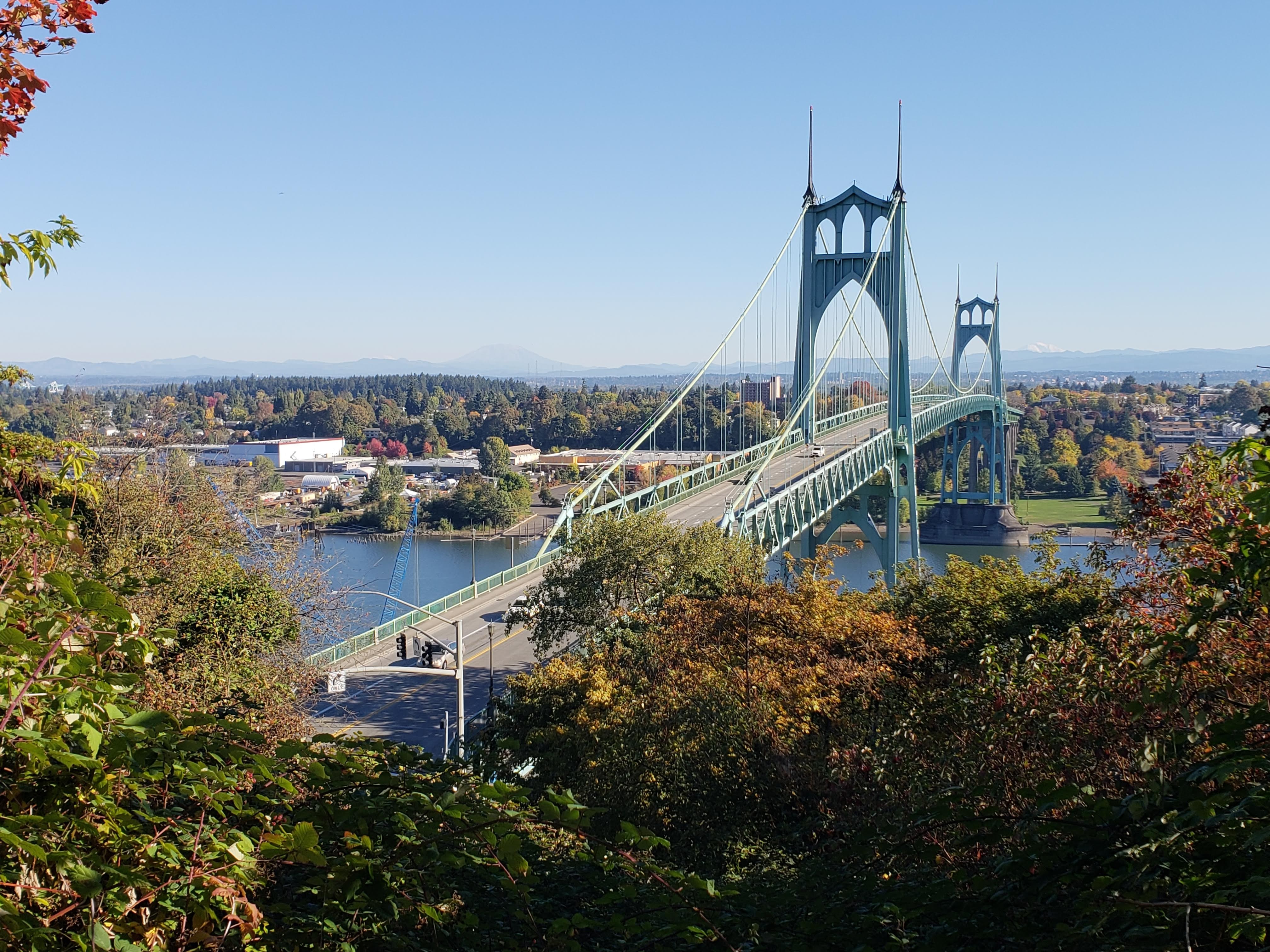This fall has has been filled with meetings of all types:
Meeting 1: Pacific Northwest Quantitative Biology (PacNow QB) Meeting
Who: Organized by yours truly and Derek Applewhite.
What: Regional meeting for faculty, researchers, and students interest in quantitative, data-driven biology.
Where: Hosted at Lewis & Clark College (thanks Clarkies!).
When: September 22
Interested? The meeting has been held annually, and includes a student poster session and faculty/researcher invited talks.
Meeting 2: Computational Biology Workshop
Who: Organized by kick-ass computer scientist Layla Oesper.
What: Undergraduate workshop that brought together faculty from five liberal arts institutions to introduce computer science students to applications in biology.
Where: Hosted at Carleton College in Northfield, Minnesota (proudly known as the city of “Cows, Colleges, and Contentment”).
When: September 29-30
Interested? No immediate plans for a future workshop of this type, but all the materials are freely available online.
Meeting 3: Consortium for Computing Sciences in Colleges (CCSC-NW) Regional Meeting
Who: Organized by Kelvin Sung and others, including pretty fantastic women in CS: Tammy VanDeGrift, Haiyan Cheng, and Shereen Khoja.
What: Regional meeting for computer science educators at colleges in the Pacific Northwest, with a focus on CS education.
Where: Hosted at University of Washington, Bothell.
When: October 12-13
Interested? This was my first time and I loved meeting new colleagues. CCSC-NW is usually held in early October every year, and will be held in the Portland area next year.
And then there’s the crazy beautiful weather here in Portland – fantastic view of St. John’s Bridge in North Portland during a hike in Forest Park:




